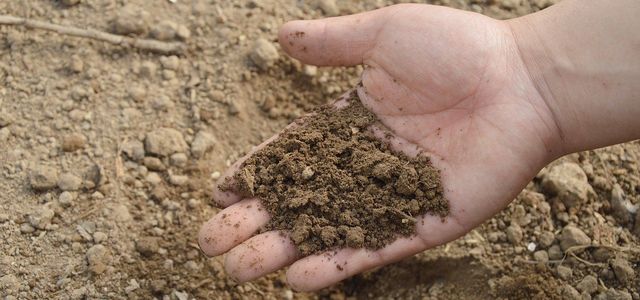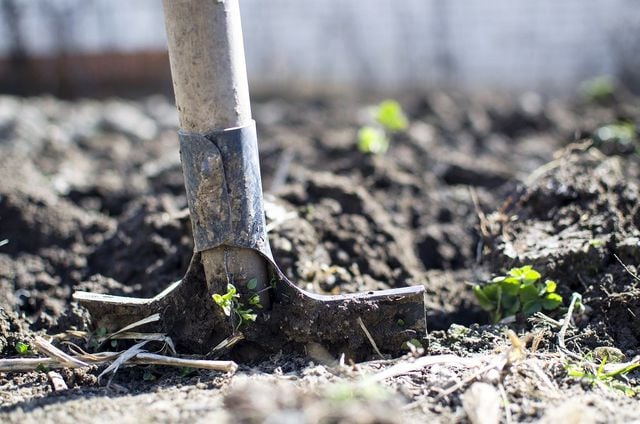
You can also perform a soil test as an amateur gardener. Through a soil analysis you get important information about the condition of your soil – and it is not too expensive.
The term soil test sounds very scientific at first, but it is also worthwhile in the hobby garden. In a soil analysis, samples are taken and then analyzed for various values. How many values are analyzed can vary.
Especially if your plants do not want to thrive properly, such a soil analysis is a good idea. Because even if you are actually doing everything right – sometimes there is a basic nutrient deficiency in the soil. You can find out whether the necessary nutrients are present in your soil by taking a soil sample.
Soil test: What values are measured?

Basically, you can find out which nutrients and pollutants are in your soil with a soil sample. For example, the soil is tested for the following nutrients:
- Magnesium
- Phosphorus
- Potassium
- Iron
- Manganese
- Zinc
- Copper
- Sodium
- Sulfur
- Molybdenum
Tip: Tests are available from a large number of different suppliers. These vary greatly in some cases and examine different nutrients.
Harmful substances can also be checked. These are included with some providers, with others you have to request them separately. These include lead, cadmium, chromium, copper, nickel, mercury and zinc.
Make soil analysis: How does it work?
If you want to analyze your soil, first select a provider. The provider will then send you a kit with the necessary utensils. This usually includes a so-called data entry sheet, a sample container and, of course, instructions. Normally, you do not need any previous knowledge, but can simply follow the instructions.
Once you have taken the sample, you pack it and send it back to the respective laboratory. A short time later you will receive your results.
By the way, good times for soil sampling are spring or fall. It is recommended to do such an analysis every four to five years.









